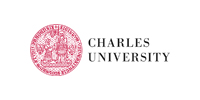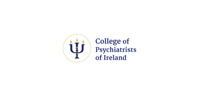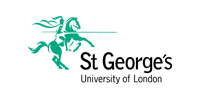In addition to listening to breath sounds and adventitious sounds, one can also auscultate for the transmission of the vocal sound. The audible transmission of the vocal sound is called bronchophony and originates through the same principle as the vocal fremitus. During bronchophony, auscultation is used instead of palpation. For general practice this is not a standard examination. It can be carried out if there is doubt about the interpretation of percussion and auscultation examinations.
Under normal circumstances the vocal sound is transmitted selectively. When the patient says ‘ninety-nine’ an incomprehensible hum is then heard with a stethoscope. In the event of various pathological circumstances the vocal sounds are transmitted differently. The most common example is amplified bronchophony above a pulmonary area that contains less air but does still have open airways (e.g. with a pulmonary infiltrate). Similar to the development of increased bronchial breath sounds in this area, amplified bronchophony also develops here. Only in the case of clear differences should conclusions be drawn from the findings.
Procedure
- listen with a stethoscope at the position where pulmonary abnormalities are suspected [Figure 34]
- ask the patient to say ‘ninety-nine’ in a low voice
- repeat the procedure on the non-suspect contralateral side (or, if this is not possible, at another non-suspect location)
- determine whether there is a significant difference in the transmission of the vocal sound and, if so, whether the transmission of the vocal sound has increased or decreased over the area where an abnormality is suspected.
 Figure 34: listening at the position where pulmonary abnormalities are suspected and at the contralateral side, while the patient says “ninety-nine”
Figure 34: listening at the position where pulmonary abnormalities are suspected and at the contralateral side, while the patient says “ninety-nine”




























